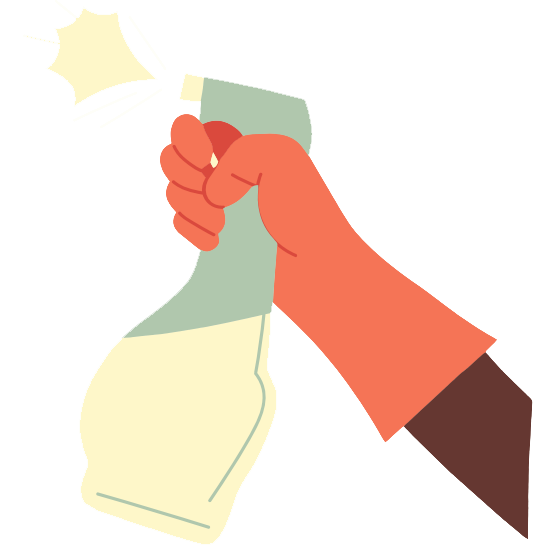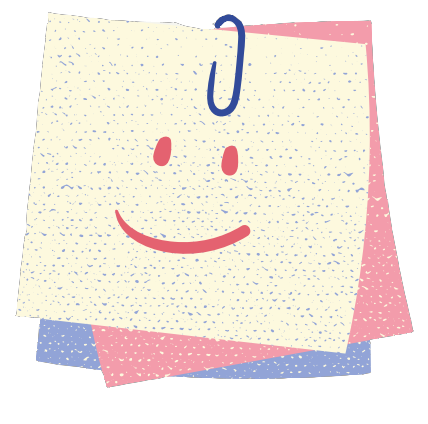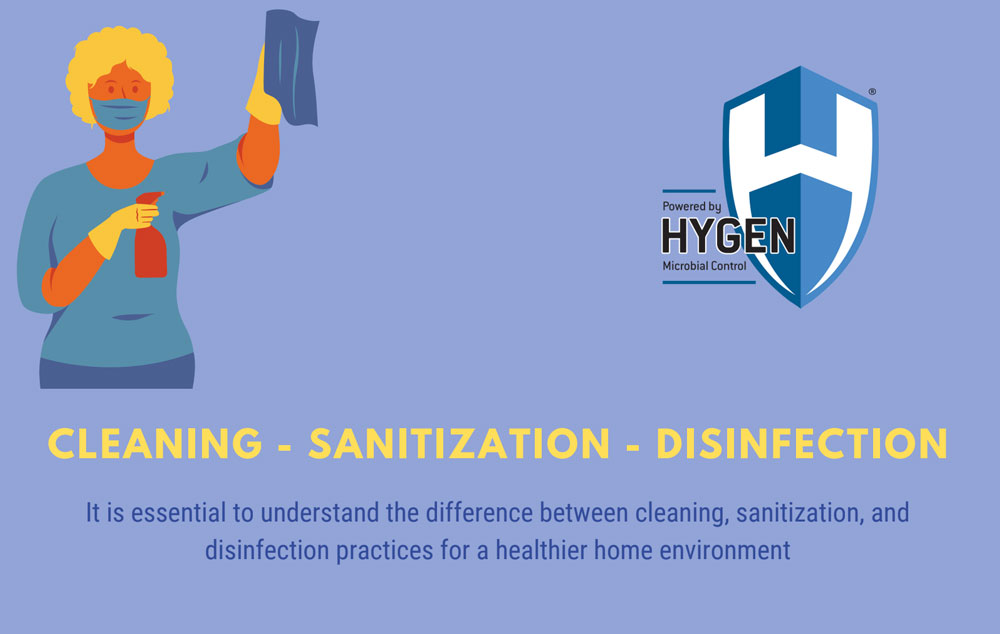

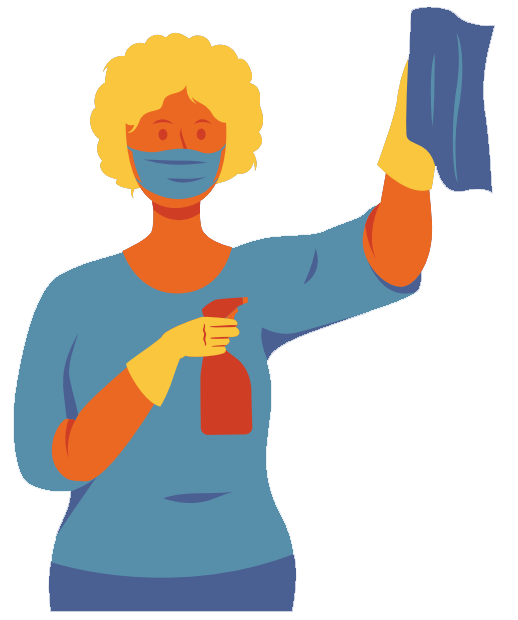
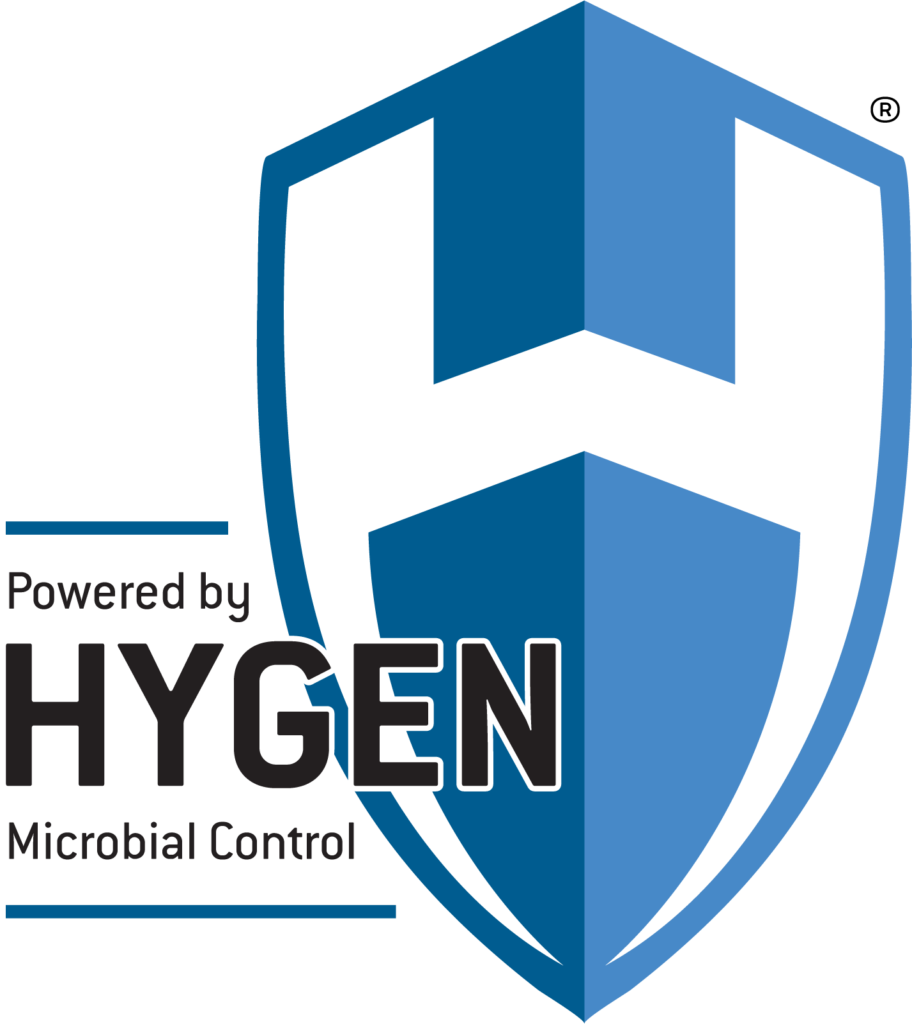
It is essential to understand the difference between cleaning, sanitization, and disinfection practices for a healthier home environment.
Removing unwanted contaminants, such as soil, dirt and grease, from a surface, material or your hands, using soap and water or a proper surface cleaner.*
These products are not formulated to kill harmful germs.
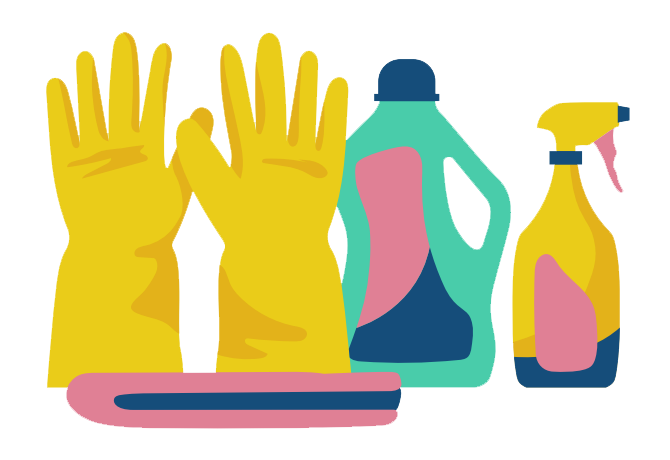
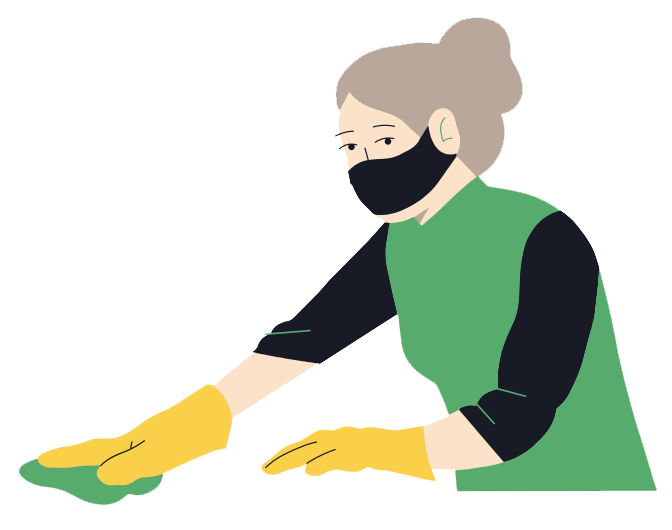
Reducing (but not necessarily eliminating) the number of bacteria on the surface to levels considered safe as determined by public health codes or regulations.*
Many commonly used surface sanitizers are not designed to kill harmful viruses.
These antimicrobial products must be registered with the U.S. EPA.
Kills harmful germs, including bacteria, viruses and fungi. Common examples are: SARS-CoV-2, Human Coronavirus, Influenza A Virus, Norovirus, Escherichia Coli, Salmonella Enterica, Staphylococcus aureus.
These antimicrobial products must be
registered with the U.S EPA.
